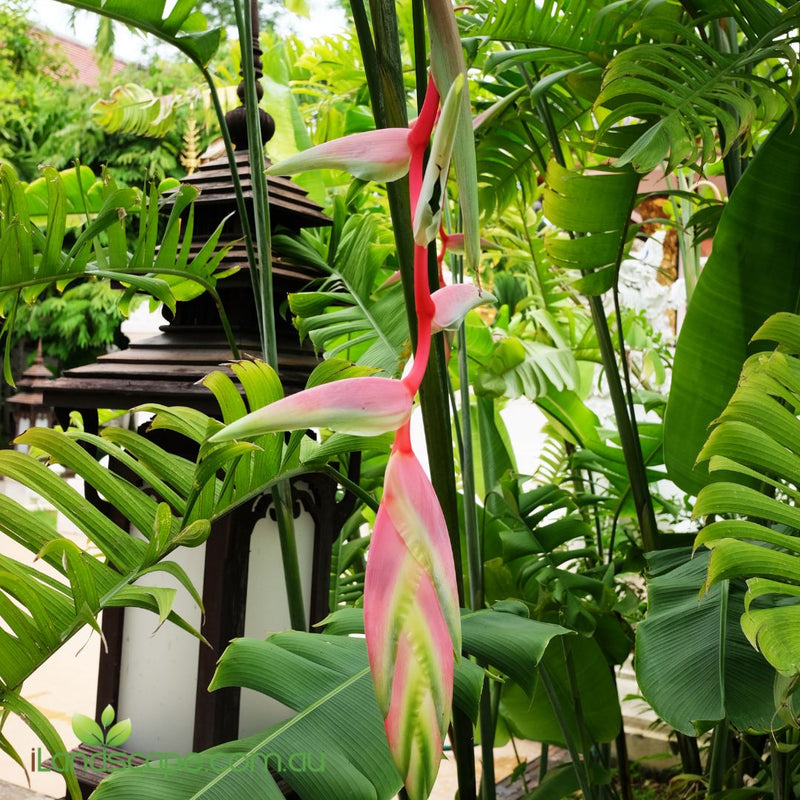
Top 10 Must-Have Tropical Plants for Queensland Gardens

Description:
Merlot Redbud (Cercis canadensis 'Merlot') is a compact, deciduous tree known for its glossy, deep wine-colored foliage and graceful, rounded form. This hybrid redbud combines the drought tolerance of its Texas parentage with the striking beauty of the Eastern Redbud, making it ideal for warmer climates. Its rich foliage and elegant shape bring bold color and texture to gardens and landscapes.
Flowers:
In early spring, before the leaves appear, 'Merlot' produces clusters of small, rosy-pink, pea-like flowers along its branches. These blooms create a striking display against the bare branches and attract early-season pollinators, adding charm to the garden.
Foliage:
The tree features heart-shaped leaves that emerge a dark, glossy purple and maintain their color well into summer. Unlike some other redbuds, 'Merlot' retains its deep color with minimal fading, creating a bold presence throughout the growing season. In autumn, the foliage transitions to shades of reddish-purple.
Fruit:
After flowering, 'Merlot' may produce small, flattened, pea-like seed pods that persist into winter, adding subtle interest to the tree.
Form and Size:
This cultivar has an upright, vase-shaped growth habit, typically reaching a height of 4.5 to 6 meters with a spread of about 4.5 meters. Its compact form and dense branching make it suitable for smaller gardens and urban landscapes.
Growing Conditions:
'Merlot' thrives in full sun to partial shade and prefers well-draining soil, though it can tolerate various soil types, including clay. It is drought-tolerant once established, making it ideal for warmer climates. Regular watering during dry periods is beneficial, especially in its first few years.
Uses:
Merlot Redbud is versatile in landscaping, ideal for use as a feature tree in garden beds, borders, and patios. Its deep foliage color and compact size make it an excellent choice for mixed borders, modern landscapes, and drought-tolerant gardens.
Maintenance:
This tree is relatively low-maintenance, requiring minimal pruning. Light pruning in late winter or early spring can help maintain shape and remove any dead or crossing branches. Mulch around the base to retain soil moisture, and apply a balanced fertilizer in spring to support healthy growth.
Notes:
Merlot is valued for its drought tolerance, vibrant foliage, and ease of care, making it a popular choice for gardeners in warmer climates. Its compact form and rich color add a dramatic touch to landscapes and gardens.
Companion Plants:
Pairs well with other drought-tolerant plants like Lavender, Salvia, and Sedum. It also complements ornamental grasses and flowering perennials, creating a textured, colorful display in garden beds.
Common Name: Merlot Redbud
Botanical Name: Cercis canadensis 'Merlot'
Family: Fabaceae
Origin: Hybrid (cross between Cercis canadensis and Texas redbud)
As we cannot guarantee stock all year around on Pots & Plants please hit us up via the chat button and we can get back to you with availability
Quantity:
Usually ready in 24 hours —
Delivery Options
Product Availability
Plants & Pots come and go all year around.
Where are our plants Grown and how do we grow them
How to Look after your plants like we do
